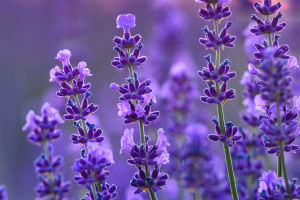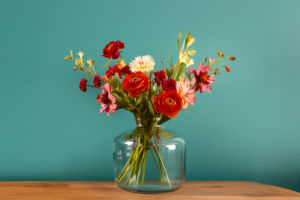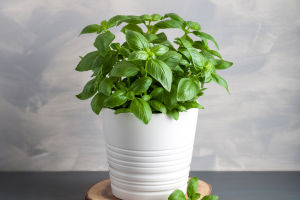Hey Lykkers! Have you ever caught a whiff of something sweet in early spring and turned your head to find a colorful cluster of blooms nearby? That’s probably a hyacinth! Today, let’s take a walk into their vibrant world together.
We’ll explore how they grow, what makes them special, and how we can enjoy them in our gardens and homes.
The Look: How Can We Spot a Hyacinth?
Hyacinths are truly eye-catching. They grow from round bulbs, around 3 to 7 centimeters in diameter. Their leaves are thick and soft, shaped like long spears—usually about 15 to 35 centimeters in length. These leaves grow in a spiral close to the ground.
What we love most, though, are the flowers. The flower stalk stands a little higher than the leaves, rising 20 to 35 centimeters, sometimes up to 45. On top sits a dense cluster of blossoms—anywhere from 2 to 50 fragrant, tubular flowers packed together. Each little bloom is about 2 to 3.5 centimeters long, with six soft petals that flare out at the end.
How Do Hyacinths Grow and Spread?
Hyacinths are not only beautiful—they’re also easy to grow. We can plant them using small bulbs that grow from the main one. In nature, they can also spread through seeds. Bees and other insects are often drawn to their scent and help with pollination.
Once the blooming season ends, the plant forms a fruit—a fleshy, round capsule. When it matures and dries, it splits into three parts, each containing small, black seeds. These seeds have a little oily piece attached, which ants love. The ants carry them home, eat the oil, and unknowingly plant the seeds underground. Pretty cool, right?
Growing Hyacinths: What Do We Need to Know?
We’ve seen hyacinths in almost every color—deep blue, soft pink, crisp white, and even bright yellow. These varieties were developed over hundreds of years, especially in places like the Mediterranean, France, and the Netherlands.
Hyacinths bloom in early spring and prefer full sun or light shade. They like slightly dry (but not parched) soil and do best in cooler climates. In hot summer months, they go into a resting phase, or dormancy.
There are more than 2,000 named varieties now! Some flower spikes can hold over 100 blossoms—much more than the wild kind. We usually grow them for their sweet scent and brilliant color. Whether in gardens or pots by the window, they brighten up any space.
Just one thing—don’t eat them. Their bulbs contain alkaloids and can be poisonous. So while they’re lovely to look at, they’re not for snacking!
What Do Their Colors Say?
Did you know hyacinths have their own “language”? Each color carries its own meaning:
- Purple: Sadness or deep emotion
- Light purple: A soft, romantic touch
- White: Gentle love or hidden affection
- Red: A way to say "thank you"
- Pink: Admiration and a sweet, fresh scent
- Yellow: Happiness by your side
- Blue: Elegance and dignity
- Dark blue: Melancholy love
Their message? “Light the fire of life, and we can all share in a rich and full journey.”
Let’s Grow Together
Hyacinths don’t just brighten our gardens—they brighten our mood too. From their sweet fragrance to their beautiful colors, they quietly bring a sense of peace and beauty into our lives, one bloom at a time.
Lykkers, have you ever watched a hyacinth bloom from a little bulb into a burst of color? Which shade speaks to your heart—soft pink, deep blue, or cheerful yellow? Let’s chat in the comments and swap planting tips, favorite colors, or even the stories behind our first hyacinth!


